What Is the E Code in Food?
In the modern world of food manufacturing and processing, understanding what’s in our food has become more important than ever. One common term that often appears on food labels—especially in packaged or processed foods—is the “E code” or “E number.” These seemingly cryptic codes represent food additives approved for use in the European Union (EU), and they serve a variety of purposes, from improving shelf life to enhancing color and flavor.

What is the E code in food?
But what exactly are E codes? Are they harmful or safe? Why are they used, and how can consumers make informed choices about them? In this in-depth article, we will explore everything about E codes in food—what they are, how they are classified, examples, controversies, safety concerns, and how to read food labels more smartly.
What Are E Codes in Food?
An E code (or E number) is a shorthand used to denote food additives that have been approved by the European Food Safety Authority (EFSA). The “E” stands for “Europe” and is followed by a three- or four-digit number that identifies the specific additive.
These additives are used to perform specific roles in food products, including:
- Preserving freshness
- Enhancing flavor
- Improving appearance
- Stabilizing texture
While E codes are most widely used in Europe, many food products globally include the same additives, although they may not be labeled with the “E” prefix in countries outside the EU.
Why Are Food Additives Used?
Food additives have been used for centuries. Salt, vinegar, and smoke were among the earliest preservatives. Today’s food industry relies on a wide variety of chemical and natural additives to ensure that foods are:
- Safe to eat
- Taste consistent
- Have a long shelf life
- Appealing in appearance
- Nutritionally balanced
For example, without preservatives, bread could go moldy in a day or two. Without colorants, strawberry yogurt might look dull and unappetizing. E codes streamline the process of identifying these substances across languages and countries.
| Read more – Is mushroom a vegetable? |
Who Regulates E Codes?
In the European Union, EFSA (European Food Safety Authority) is the regulatory body responsible for:
- Reviewing scientific evidence on food additives
- Conducting risk assessments
- Approving, rejecting, or removing substances from the list of permitted additives
Each approved additive receives a unique E number. Approval means that EFSA has determined the additive is safe to use within specific limits.
Categories of E Codes
E codes are grouped into categories based on their function. Here’s a breakdown of the major categories:
| E Number Range | Category | Purpose |
|---|---|---|
| E100 – E199 | Colorants | Add or restore color |
| E200 – E299 | Preservatives | Prevent spoilage by bacteria, mold |
| E300 – E399 | Antioxidants and Acidity Regulators | Prevent oxidation, stabilize pH |
| E400 – E499 | Thickeners, Stabilizers, Emulsifiers | Improve texture and consistency |
| E500 – E599 | Acidity Regulators and Anti-caking Agents | Control pH or prevent clumping |
| E600 – E699 | Flavor Enhancers | Enhance taste or aroma |
| E700 – E799 | Antibiotics (mostly obsolete) | Rarely used today |
| E900 – E999 | Glazing Agents, Sweeteners, Gases | Provide shine, sweetness, or packaging gases |
| E1000 – E1599 | Additional Additives | Miscellaneous (e.g., enzymes, starches) |
Common Examples of E Codes
Here are a few commonly used E codes and what they represent:
- E100 – Curcumin (natural yellow coloring from turmeric)
- E200 – Sorbic acid (preservative to prevent mold)
- E300 – Ascorbic acid (Vitamin C, antioxidant)
- E322 – Lecithin (emulsifier found in chocolate, margarine)
- E330 – Citric acid (used in soft drinks, jams)
- E621 – Monosodium glutamate (MSG, flavor enhancer)
Natural vs. Synthetic E Numbers
Not all E numbers are artificial chemicals. Many are derived from natural sources, such as:
- E160a – Beta-carotene (found in carrots)
- E440 – Pectin (from apples and citrus fruits)
- E162 – Beetroot red (natural colorant)
Others are synthetically produced, but still considered safe under regulated usage.
Are E Codes Safe?
One of the biggest concerns among consumers is whether E numbers are safe to consume. Here’s what you need to know:
1. Regulatory Oversight
Each E number has undergone rigorous safety evaluations by EFSA. Additives must:
- Not be harmful at the levels used
- Have a technological need
- Not mislead the consumer
2. Acceptable Daily Intake (ADI)
EFSA determines an Acceptable Daily Intake (ADI) for each additive—the amount you can safely consume every day over a lifetime.
3. Periodic Reassessment
Safety data is reviewed periodically. If new research raises concerns, EFSA may:
- Ban the substance
- Reduce the permitted levels
- Reclassify the additive
Controversies and Concerns
Despite regulation, some E numbers have attracted controversy. For example:
1. E102 – Tartrazine (Yellow No. 5)
Linked to hyperactivity in children; now requires warning labels in EU countries.
2. E621 – MSG
Some people report headaches or other symptoms (termed “Chinese Restaurant Syndrome”), though scientific evidence of harm is weak.
3. E951 – Aspartame
Artificial sweetener found in diet sodas. Some animal studies raised cancer concerns, but EFSA considers it safe for human consumption.
4. E220 – Sulphur dioxide
Used in dried fruits and wine. Can cause breathing problems in asthmatic individuals.
Reading E Codes on Food Labels
When looking at food labels, you might see either:
- The full name of the additive (e.g., “citric acid”)
- The E number (e.g., “E330”)
- Or both (e.g., “E330 – Citric Acid”)
Products marketed as “additive-free” or “clean label” often avoid displaying E numbers, even if the same substances are present under their natural name.
Are E Numbers Used Globally?
E numbers are a European system, but similar additives are used worldwide. Other regions may refer to them differently:
- In the USA, the FDA uses GRAS (Generally Recognized As Safe) listings.
- In Australia/New Zealand, Food Standards Code applies.
- India, Japan, and other countries follow their own food safety authorities.
Despite different names, many of the same substances are approved globally.
How to Avoid Harmful Additives
While most food additives are considered safe, some consumers prefer to minimize artificial chemicals in their diet. Here’s how:
- Read Labels Carefully
Learn which E numbers are controversial and check ingredient lists. - Choose Whole Foods
Fresh fruits, vegetables, grains, and unprocessed meats are additive-free. - Avoid Ultra-Processed Foods
These tend to contain multiple E numbers. - Use Apps or Guides
Apps like “E Numbers Guide” or “Chemical Maze” can help decode labels. - Educate Yourself
Not all E numbers are harmful. Some are vitamins and harmless plant extracts.
Conclusion: Should You Worry About E Numbers?
E numbers may sound scary at first, but they are simply codes for regulated food additives, many of which are derived from natural sources. They play a vital role in food preservation, safety, and appeal. Most are safe for consumption when used within approved limits.
However, consumers should remain informed, especially those with allergies, asthma, or dietary sensitivities. Learning to read labels and understanding what E codes mean empowers you to make smarter food choices.
Ultimately, moderation is key. A diet rich in whole, fresh, and minimally processed foods will naturally contain fewer E numbers and offer better health outcomes.
Quick Reference: 10 Common E Numbers and Their Functions
| E Number | Name | Function | Natural/Synthetic |
|---|---|---|---|
| E100 | Curcumin | Coloring | Natural |
| E200 | Sorbic Acid | Preservative | Synthetic |
| E300 | Ascorbic Acid | Antioxidant | Natural |
| E322 | Lecithin | Emulsifier | Natural |
| E330 | Citric Acid | Preservative | Natural |
| E407 | Carrageenan | Thickener | Natural (from seaweed) |
| E440 | Pectin | Gelling Agent | Natural |
| E621 | Monosodium Glutamate (MSG) | Flavor Enhancer | Synthetic |
| E951 | Aspartame | Sweetener | Synthetic |
| E150d | Caramel Color | Coloring | Natural/Synthetic |

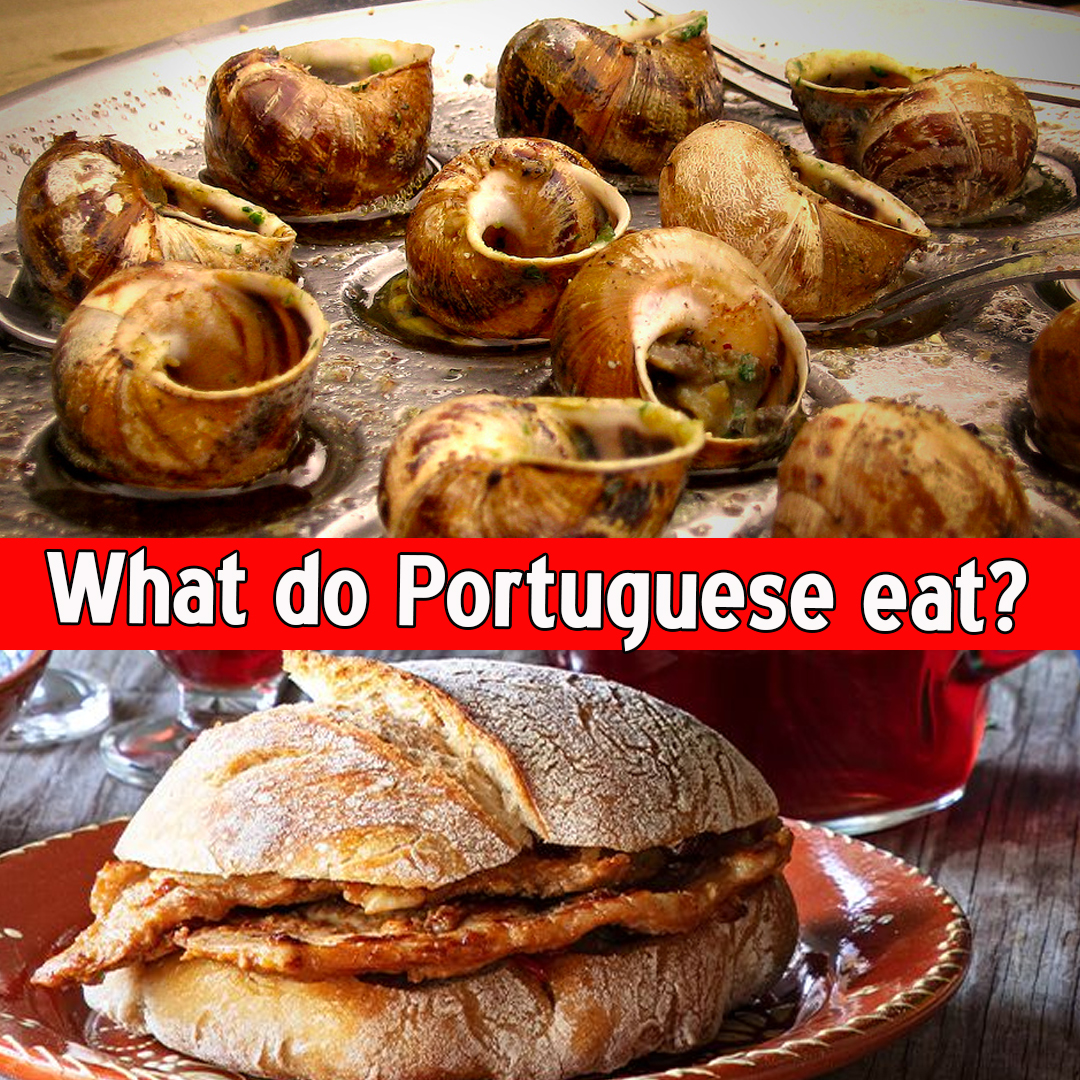


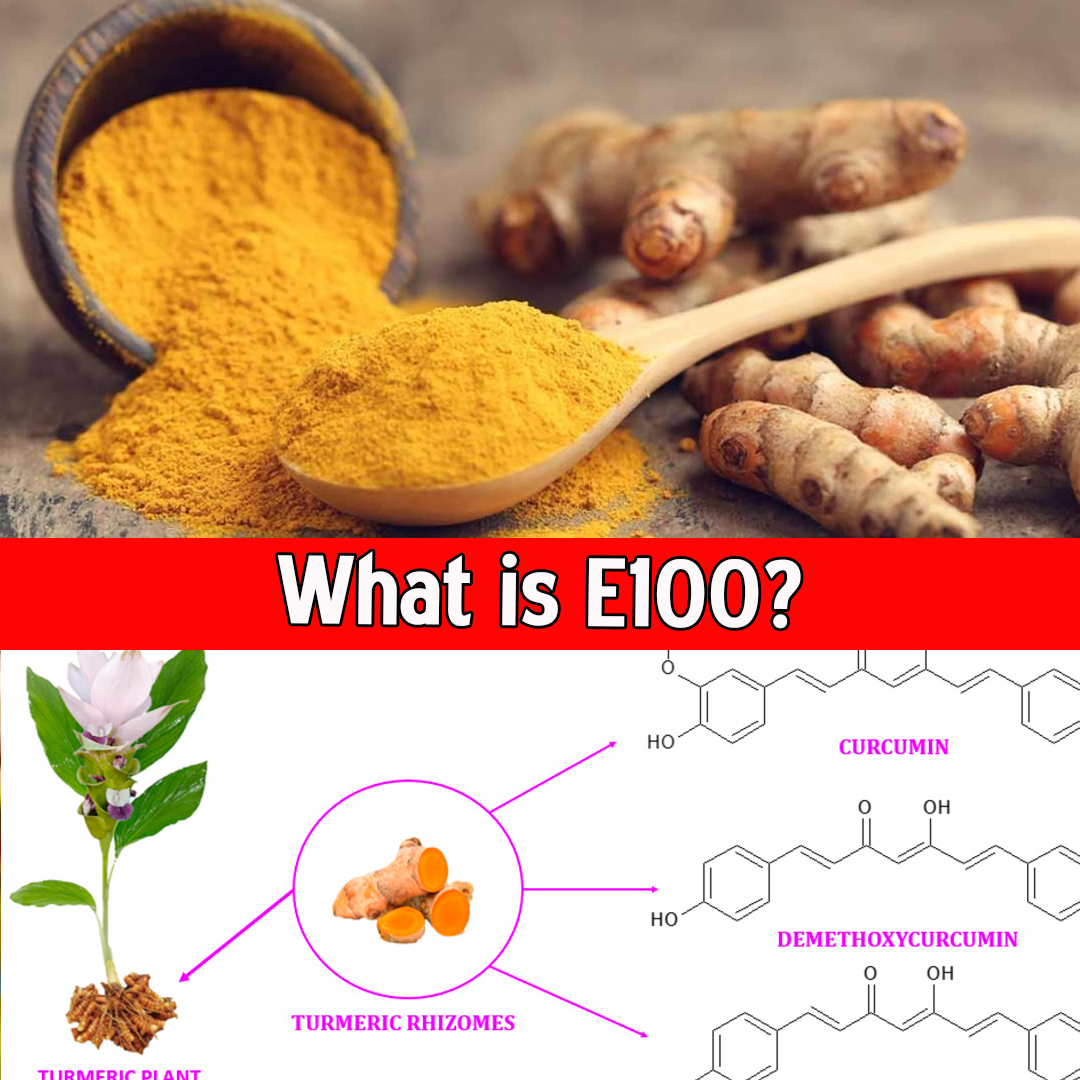
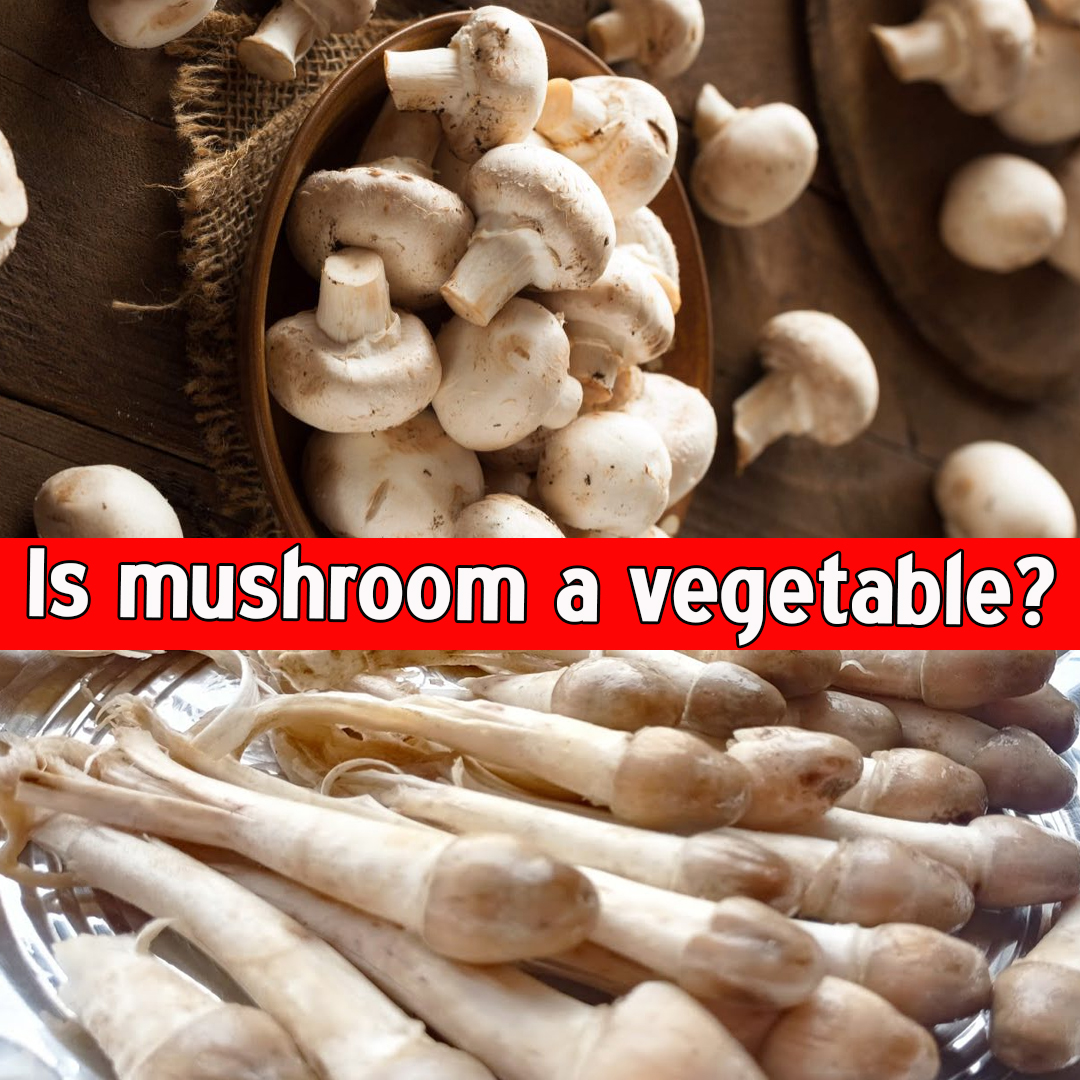

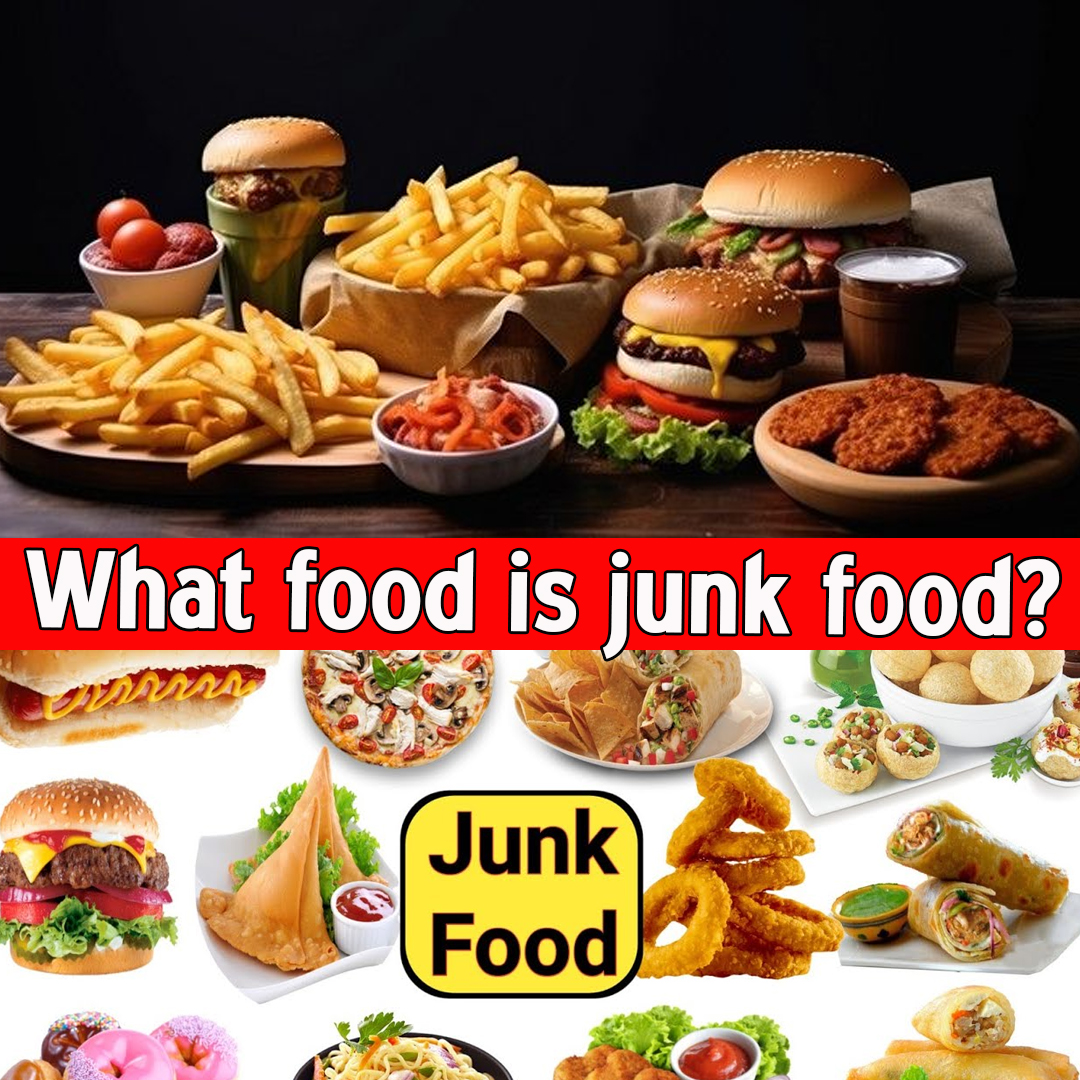

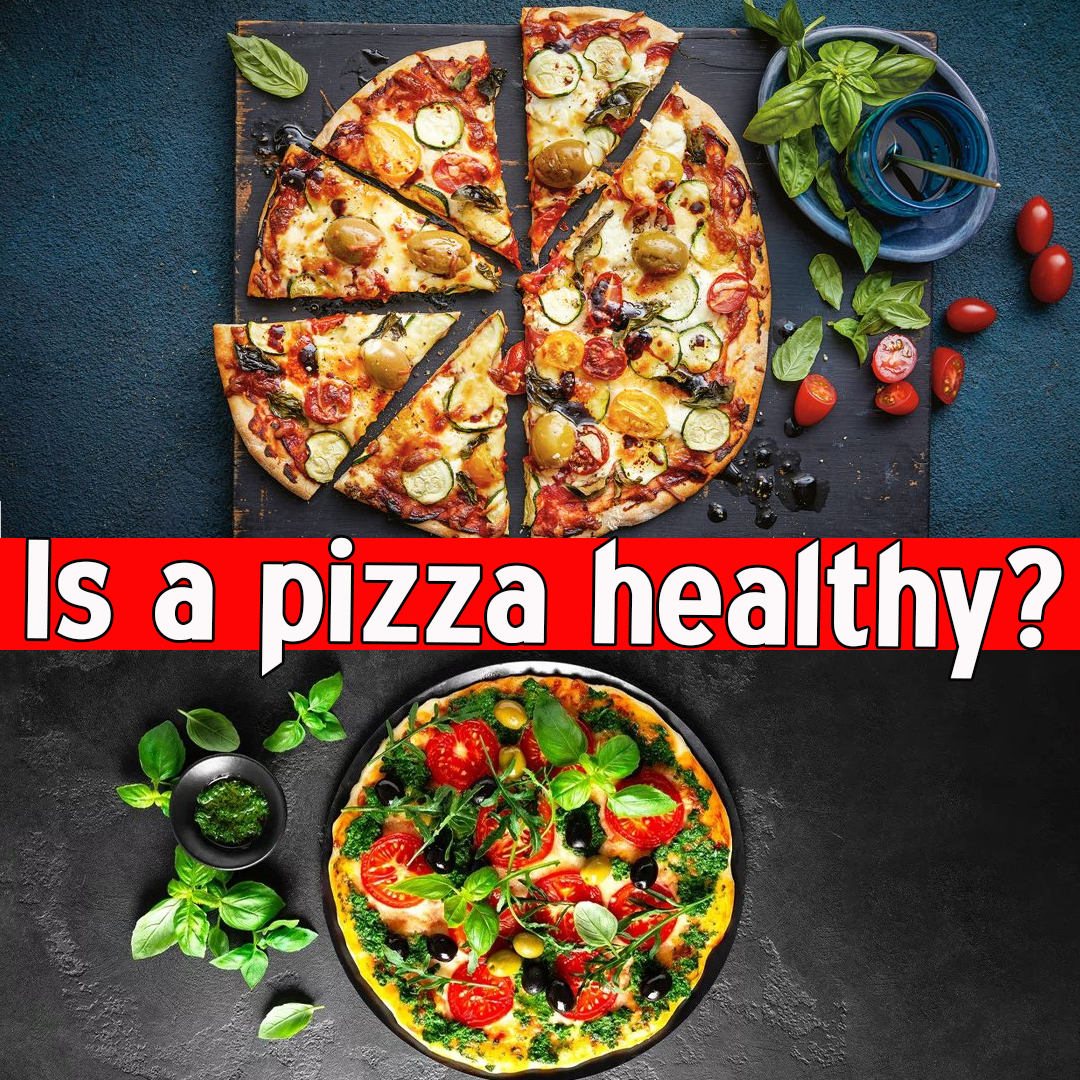


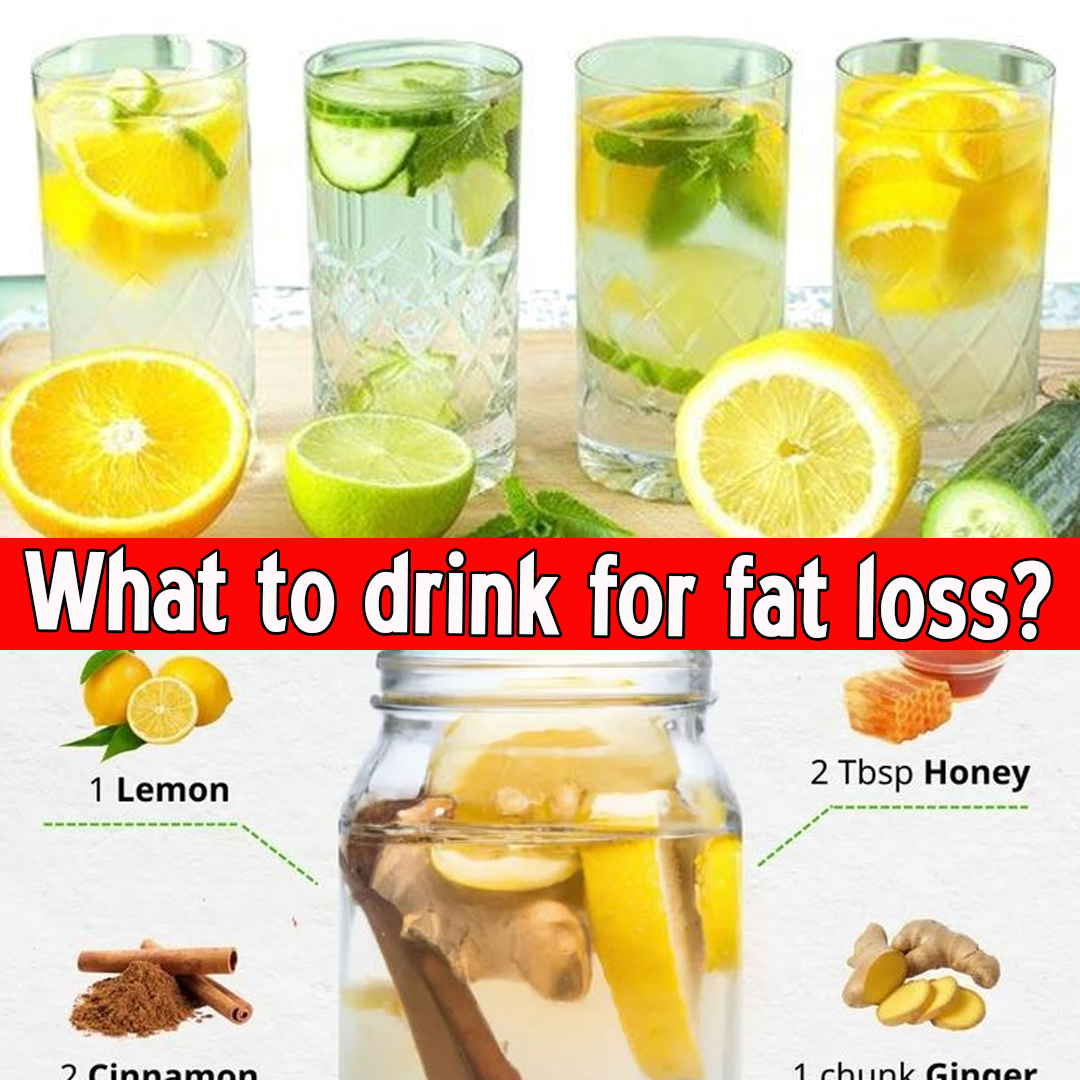
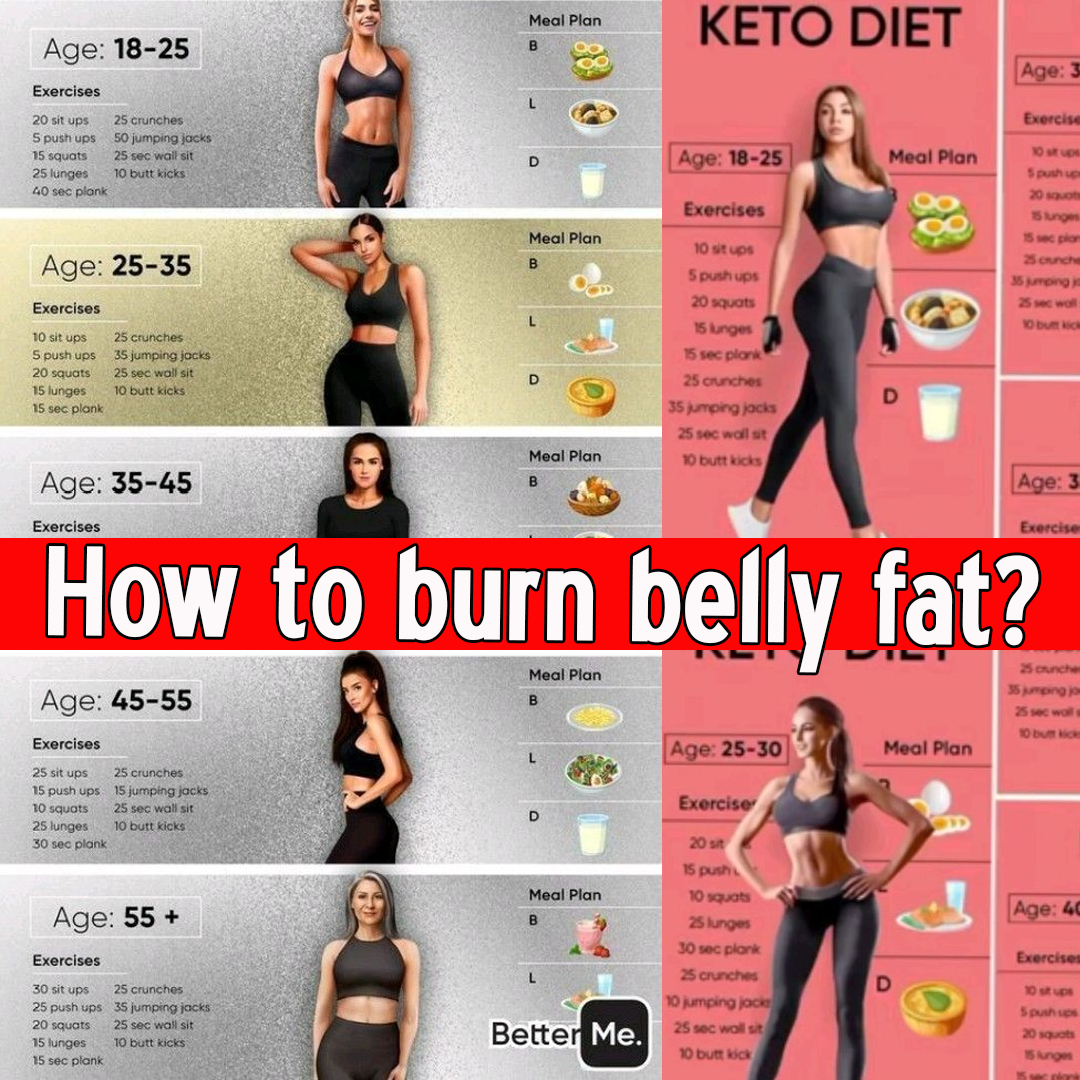

Leave a Reply